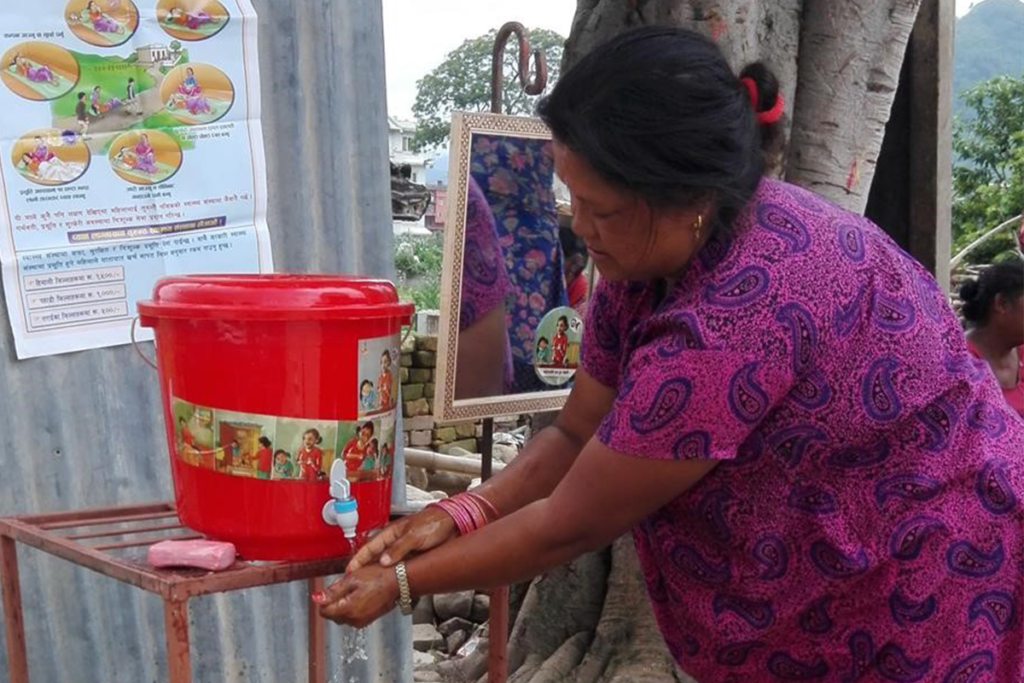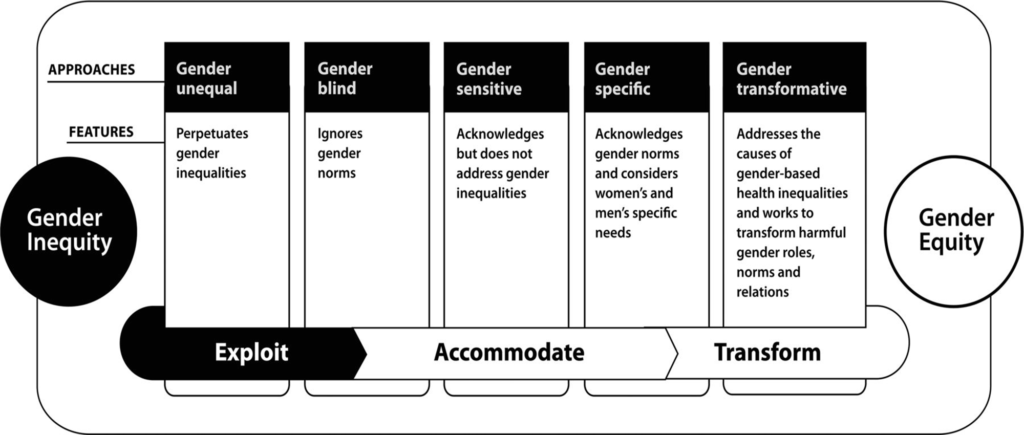The past five to ten years highlight the increasing focus on delivering more inclusive water, sanitation and hygiene (WASH) programming. Spurred on by the Sustainable Development Goals, program implementers must go beyond business as usual and consider other dynamics that impact WASH practice. For example, gender plays a significant role in hygiene interventions (i.e., hygiene needs of women and girls often vary from those of men and boys), yet implicit gender bias remains within hygiene program design and implementation.
As women ourselves, we question what can be done to ensure more gender transformative hygiene programming. The Handwashing Innovations Think Tank addresses this question (and many more) by bringing together global experts to reflect on key challenges and spur new ideas for change to accelerate hand hygiene progress. In this post, we discuss insights from the Handwashing Innovations Think Tank and offer gender considerations for hygiene program implementers.
Getting on the same page: Sex, gender and their intersectionality for hygiene programs
In the Think Tank, we reflect on these nuances and consider how this may affect an individual’s hygiene needs and practices. Dr. Bethany A. Caruso, an Assistant Professor at Emory University, provides examples of sex and gender-specific hand hygiene needs in her Think Tank presentation. For example, the need for hand hygiene during menstruation, post-pregnancy and other vaginal bleeding is sex-specific, whereas changing diapers, preparing food or caring for sick relatives is gender-specific. This is important when considering gender expectations related to hand hygiene needs. Hygiene-related household tasks often fall on women and may impact their overall wellbeing. A systematic review by Kayser et al. (2019) reports four out of five households rely on women to collect water, which leads to an increase in adverse health consequences such as back pain, stress and anxiety, and can even affect a woman’s safety. Overall, these examples represent compounded forms of discrimination that amplify a person’s individual constraints and opportunities to practice hand hygiene.
Evaluating a hygiene program’s gender-responsiveness
The World Health Organization Gender Responsive Assessment Scale defines criteria to assess programs and policies (see figure below).
Based on a set of standardized questions, this scale classifies a program’s gender-responsiveness. This type of evaluation is critical in generating and using evidence to improve what we do to achieve gender equality through hygiene programs. Using this scale, we describe two approaches discussed during the Think Tank.
Achieving gender equity requires mutual recognition and engagement from women and girls, as well as men and boys. Our second example features a shift in program design and emphasizes equal division of household and care duties. Mum’s Magic Hands, implemented by Oxfam in partnership with Unilever-Lifebuoy, aims to address common barriers and motivators, such as nurture and affiliation, to encourage handwashing with soap in emergency-affected communities (Tolani, 2017). While the program primarily targets mothers, it also makes a concerted effort to address both male and female family members. This encourages men to reflect on gender and care roles in their household and gives men more ownership for change. This simple switch (i.e., engaging men in this intervention) showcases how organizations can adapt their programs to address the root causes of gender inequality within a household, while maintaining their goal for improved hygiene behavior.
Reflecting on how to address gender equity in hygiene programming
Considering the principles of habit for hand hygiene, we think it is important for program implementers to understand where burden (blame) falls for creating the enabling environment (i.e., access to water and soap) and note how certain behavioral interventions may enforce gender norms (i.e., what it means to be a “good mother” or “good wife”). When incorporating gender into hygiene programs, we must consider the following questions: Why does the program engage women or girls? Is it solely for the purpose of achieving program goals? Does the program benefit women and/or girls and according to whose perspective?
Photo credit: Unilever; used with permission
Note: To learn more about other topics discussed during the Handwashing Innovations Think Tank, view the report here.




